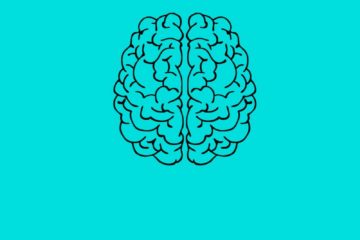We all dissociate to some extent – when we drive on a motorway on autopilot, lost in thought, or when we bury ourselves in a book and are zoned out from noise and activity around us. This kind of dissociation is an automatic state of mind that we enter when the threat level is low and is a normal part of our functioning.
But for survivors of trauma dissociation can happen at unexpected times, perhaps when triggered by sights or sound associated with memory, when this happens the person can appear to switch, or be lost in thought, and when they return to being in the moment they appear to have no memory of what just happened.
Dissociation is an entirely normal response to overwhelming trauma. Often, people who have experienced repeated abuse or neglect as children survived by dissociating. Without a primary caregiver to offer support or help soothe, the child distances itself from what is happening in order not to feel the pain. The trauma is often not remembered afterwards and is separate from our main stream of consciousness. It can be understood as part of our fight or flight mechanism, whereby we take mental flight from the situation when actual physical fight or flight is not an option.
With overwhelming abuse or neglect, often the experiences are managed by different disowned parts of the self at different points (parts that are denied expression in everyday life due to the threat level) and can take on different roles such as caregiver, angry child, or teenager. These parts can remain hidden from view into adulthood and can be entered into when traumatic memory is triggered and often the person entering this dissociative state of mind will have no memory of having switched, and this can be part of what is known as ‘dissociative identity disorder’.
Because the protective barriers of childhood can be so strong it’s often not until middle age that these barriers disintegrate, and the trauma can become evident. This can be very distressing for the trauma survivor, especially as many will have constructed a life where they truly believe they are ‘okay’ , and the flashbacks and pain that they experience can feel very disorientating.
It is at this point that many people come to therapy, believing that there is something deeply wrong with them. My response is that what they are experiencing is a normal response to trauma and that it is the mind’s attempt to heal. Together we slowly put the pieces of the jigsaw together, so that the experiences are integrated back into the self, in order for the person to heal.

